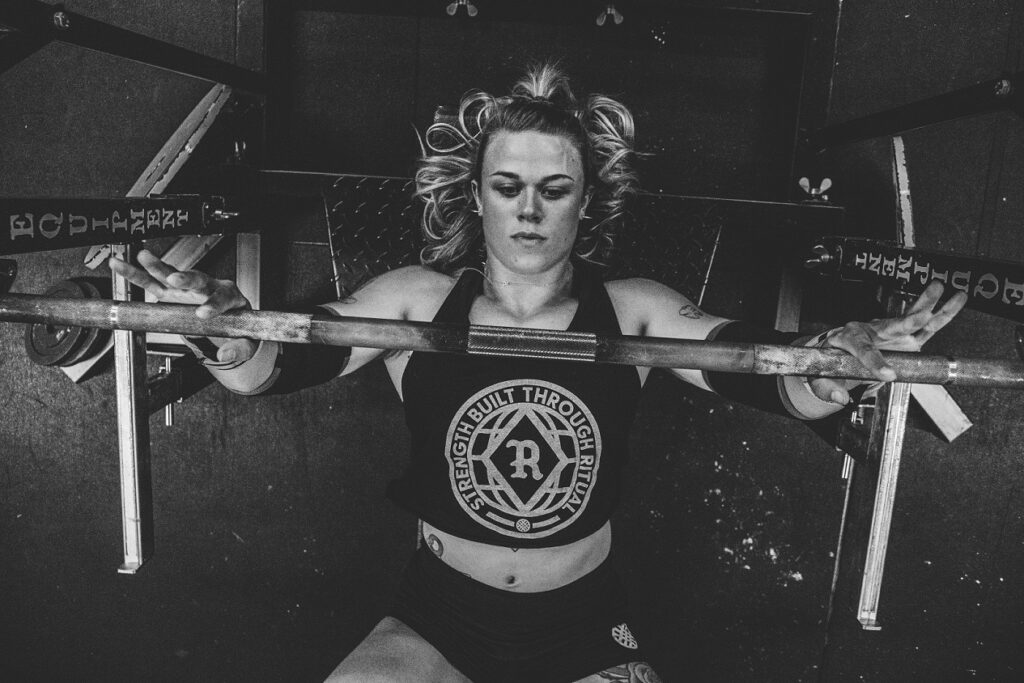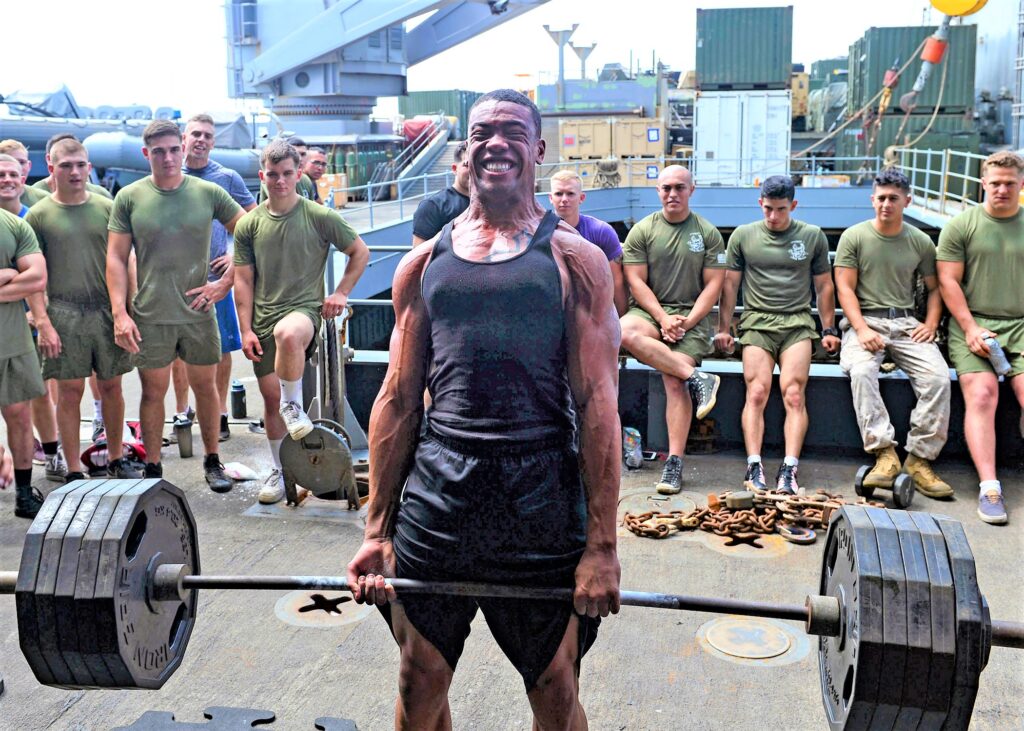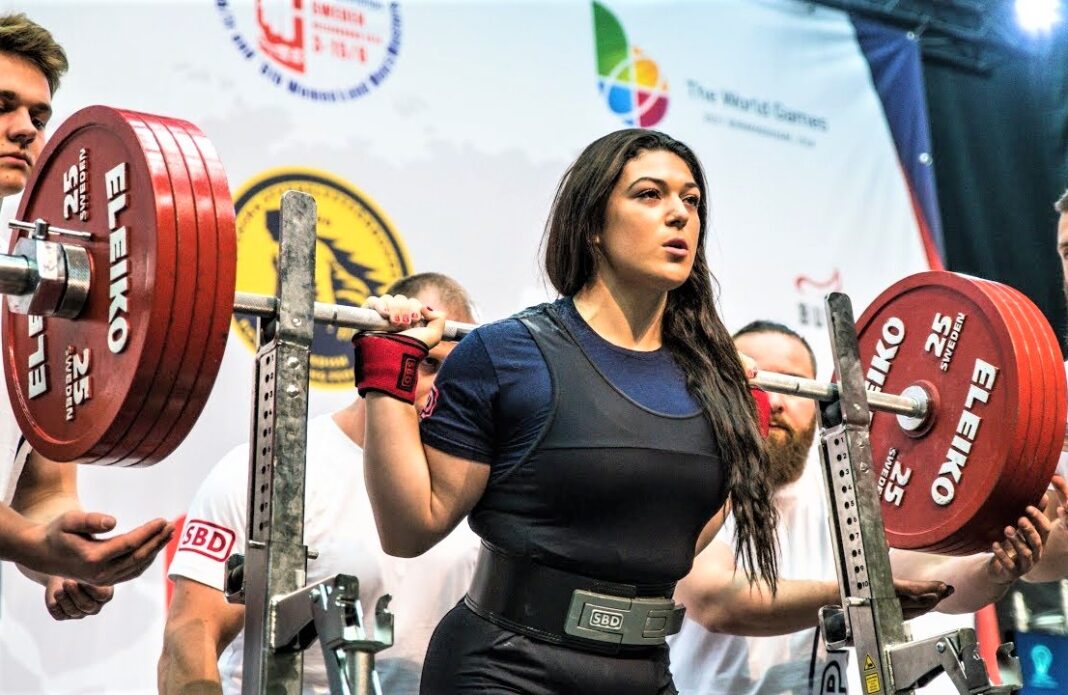Daniella Melo / YouTube
What are the most common weight-training injuries? What factors contribute to injuries in the squat, bench press, and deadlift? Which have no effect? What things help prevent injuries? A poll of elite powerlifters revealed some fascinating answers to those questions and many more. We delved into the results of that survey and four additional powerlifter surveys to help you avoid progress-halting training injuries. Let’s see what the numbers say about training, injuries, recovery, and other factors.
THE POWERLIFTERS
Our main study, which we’ll call Survey 1, polled 57 competitive powerlifters (54 men, 3 women). The mean age was 33. Here’s a few interesting background averages:
• Weight-training Experience: 14.8 years
• Powerlifting Training Experience: 9.3 years
• Powerlifting Competition Experience: 8.2 years
• Training Frequency: 3.4 sessions per week
• Workout Length: one hour and 49 minutes
• Competition Frequency (including one-lift meets): 5.6 per year
• Full Powerlifting Meet Frequency: 2.2 per year
• Most important source for acquiring information about powerlifting exercises, methods, and techniques? 81% training partner, 70% internet research, 68% literature
• 51% were supervised by a coach during training.
• 56% did other athletic endeavors. 26% bicycled. 12% jogged.

BEFORE & AFTER WEIGHT-TRAINING
40% performed a warmup (This doesn’t refer to pyramiding to heavier sets, but instead refers to doing pre-workout light cardio, exercises, or movements to boost blood flow and flexibility.)
12% performed a cooldown
39% stretched before training
37% stretched after training
63% performed either a warmup or cooldown or stretched
POWERLIFTING INJURIES
On average, the powerlifters suffered .49 injuries per year, so one injury ever two years, though this is muddled by the fact one lifter could suffer multiple injuries while another might never be injured.
For another dataset, let’s turn to Survey 2 of competitive powerlifters, which had a near equal gender mix (53 women, 51 men). It found that 70% of participants said they were currently injured and 87% claimed to be injured in the previous 12 months. That seems high, but the poll used a fairly broad definition of injury. Many were minor inconveniences. Only 16% had to completely refrain from training because of their injury.
In Survey 1, the top four most common areas of injury were:
Lower back 20.5%
Elbow 11%
Hip 10%
Shoulder 10%
Interestingly, knee didn’t make the top four. But we’ve got more data. In Survey 3, knee ranked fourth (just ahead of elbow) and shoulder/rotator cuff was #1. Pick your poison, right? But in Survey 4, the largest powerlifter poll, knee was again out of the top four, lower back was again #1 by a wide margin and shoulder was a strong #2.
Survey 1: 24% of the 57 powerlifters suffered chronic pain. The most common areas for this were: 36% shoulder, 29% lower back.
And 44% used anti-inflammatory drugs or pain medication
POWERLIFTING INJURIES: OBSERVATIONS
The two most common causes of injuries mentioned by Survey 1 participants: wrong technical performance and lack of concentration.
Though shoulder ranked slightly behind elbow and hip in Survey 1, looking at other studies it’s clear this is an outlier. Consider shoulder the #2 area of injury while lower back is clearly #1. The spine and spinal erector muscles are always ripe for trauma if form slips in the squat or deadlift (and bench press, too). And the ball-and-socket shoulder joints, vulnerable in the bench press, are more injury-susceptible than hinge joints like the elbow and knee. That said, all working joints and muscles are susceptible if your form slips.
Powerlifters over 30 sustained significantly fewer injuries than their younger counterparts. That said, Survey 5 found that upper body injuries were more common among powerlifters over 40.
More training experience resulted in a decreased injury rate.
There weren’t enough women in Survey 1 to reach a conclusion on gender. However, Survey 3 by the good folks at Stronger by Science concluded: “Men were much more likely to have sustained an acute injury than women; roughly ⅔ of men had sustained at least one acute injury in their training career, whereas only about ½ of women had sustained at least one acute injury. This held true even when controlling for training age and competitive success.” Survey 4, also by Stronger by Science, found the difference was less significant.
Powerlifters using a bench press shirt in the competition showed a significantly lower rate of injury to the upper body.
Warming up, cooling down, and stretching had no influence on the rate of injury. There have been numerous studies on the effects of pre-exercise warming up and stretching on injury prevention. The consensus is doing so has no effect or only a slight positive effect.
Swimming, adequate sleep, and, especially, the regular use of a sauna were correlated with fewer injuries.
Another conclusion from Study 4: “The most surprising finding of this analysis was that no training variable meaningfully predicted injury risk, including weekly training volume, per-lift training frequency, or proportion of training with loads in excess of 85% of 1RM (one-rep max).”

POWERLIFTING INJURIES: CONCLUSION
Your weight-training methodology is likely not causing injuries. Neither are your pre- or post-workout routines (or lack thereof). Workout recovery is important for injury prevention. But the most important factor in avoiding weight-training injuries is maintaining proper exercise form and controlling the weight throughout each rep. Stay focused and stay safe.
















































